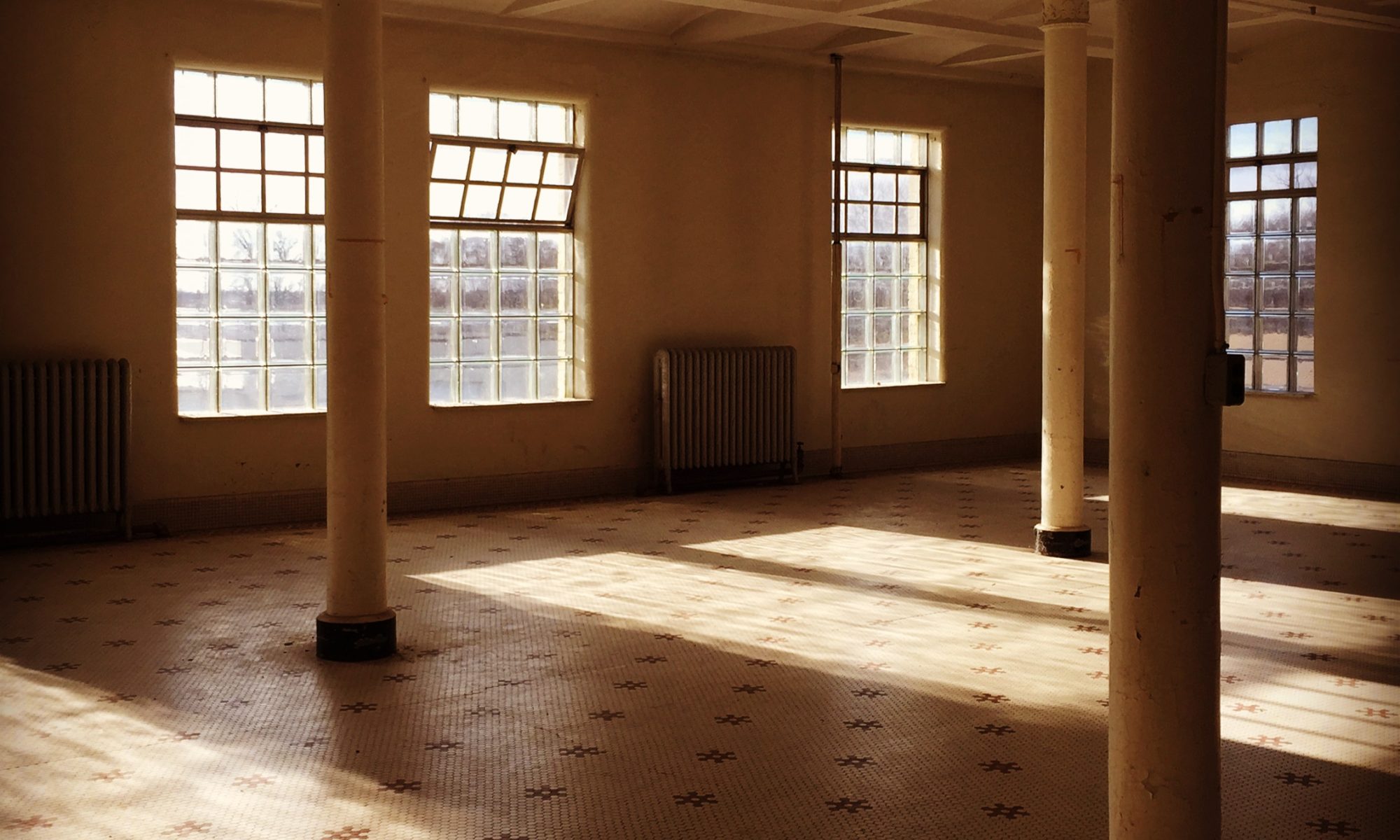Halloween is almost here! I go hot and cold as to whether or not I’m going to participate in Halloween events based on whether or not I’ve got a killer costume. Last year, we’d done an epic Halloween How-To Issue with so many of our local queer performers portraying characters from popular television shows and movies, so I cherry-picked a few items from the props. A wig here, a coat there, a bustled skirt from HipsAndCurves.com…and I ended up with a pretty great Victorian Era Goth Gal costume, in ankle-to-neck all-black. Better? I wore it to a bash at the American Swedish Institute and strolled around the palatial estate as if I owned the place. Ah, fantasy. I love it.
This year, I’m still at a loss. I know that I’ve gone on record saying that I’ll dress as Thor, who is one of My People per our shared heritage, at Superhero Bingo A Go Go in November. But, for the high holiday itself? I’m still searching.
I like the idea of dressing up; but I probably like the idea more than the reality. Just this morning, I reposted a picture on Facebook of Angelina Jolie receiving an award from Queen Elizabeth because I loved her outfit (I’m sure the award was awesome, too). I put it on my virtual Bucket List of Outfits because it was just so gorgeous with some features reminiscent of the wardrobe of Jackie O. Like this outfit, there are clothes that I picture when I idealize myself and what I’m wearing in any random scenario in the future. Pretty much anything worn in Out of Africa fits that list, much of the J. Peterman catalog, and, apparently, what Angelina Jolie wears when she meets a monarch. There’s a bit of a disconnect, though, between what my idealized self would wear and what my real self could pull off.
This is where things get a little dicier. Not only do we all have different ideas of what we think is attractive in clothing, we have different standards for what “looks good.” I’m not just talking about wearing clashing colors or patterns, but what cuts and styles “look good” on whose bodies. How are bodies constructed to fit what our society values? Then, within society, what does a particular group prefer? In the rainbow community, there are all sorts of body and wardrobe ideals that fit the various groups within it.
Sometimes, our own bodies are as scary as any costume…or we cover them up as if we need a costume to feel comfortable. I challenge each of us to look at ourselves and think about whether we want to dress up every day to hide ourselves, or really look at ourselves and become comfortable in our own skin. This is nothing new in concept to any of our transgender friends who have done this discernment and concluded that a change is required to be comfortable, at home, at ease. Real. Any of us who have disordered eating in our lives struggle, too. To live in a body that we don’t find to be acceptable is a problem that runs rampant in the rainbow community. Sure, there are varying degrees of self-acceptance and fantasy involved in every day of life, no matter who we are. Loving the one we’re with all the time can be a tremendous journey and chore. For everyone. But, for some, it can be a deadly journey.
It’s appropriate to pair up the Halloween Issue with a Health Quarterly that addresses eating disorders in this community. Of course, it’s just scratching the surface of the topic, and it’s one that can’t be discussed enough. How this community embraces Halloween has been likened to it being the “Gay Christmas” in our pop culture. What’s so sexy about the dress-up? The allure of being someone else? Of not being ourselves? And, is there a connection to also having a high incidence of eating disorders? So many questions, such big topics. In this issue, we’re just laying the groundwork for further discussion in the future in terms of eating disorders and gay, lesbian, bisexual, and transgender people. I’ve said before how this magazine fits into the Special Interest category of publications because the community it represents has both the same and different relationships with various aspects of life as the rest of society does. When there are higher incidences of things like alcoholism and eating disorders, it’s our responsibility as media to address them, specifically.
I welcome your insight and questions because, as an interesting note, our research showed us that the eating disorder community is just starting to recognize the rainbow community as being a Special Interest category. To quote the National Eating Disorders Association’s website (www.nationaleatingdisorders.org), “Research suggests that eating disorders disproportionately impact some segments of LGBT populations, though there is much research still to be done on the relationships between sexuality, gender identity, body image and eating disorders.” It’s time to help them understand us so that they can help us, individually and as a group.
I wish you a fantastic Halloween. I hope you revel in the fantasy and find a way to make your reality just as wonderful, whether dressing like Angelina Jolie or Thor on October 31 or any other regular day of the week.
Be comfortable, be yourself.
With you and thanks,
Andy
